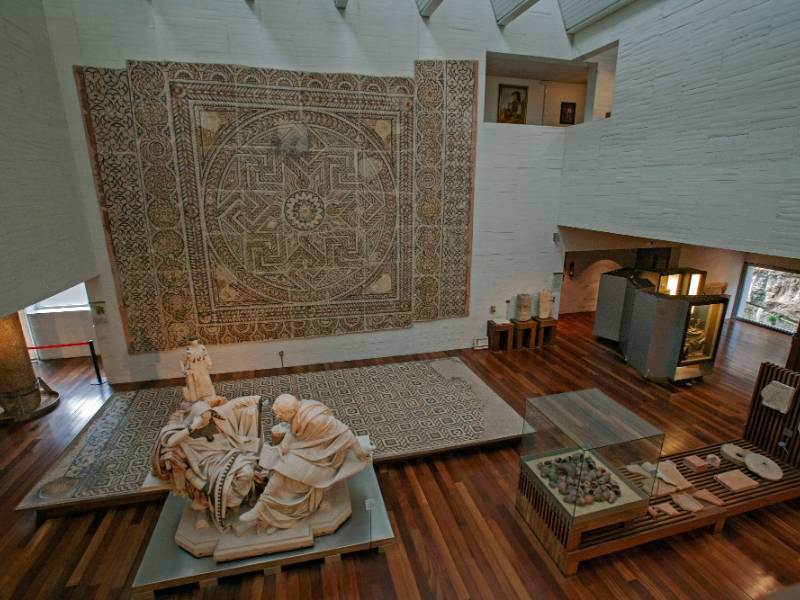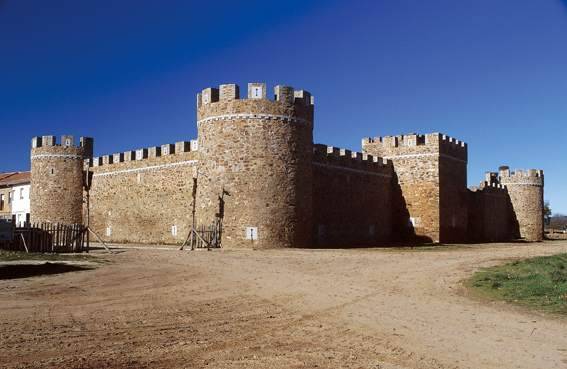Via de la Plata - Zamora
- Route Data
- Ascent slope
- 649 m.
- Previous
- Following
This town was an important stopping point on the Silver Route; in the days of the Romans it was the site of Occelum Durii, a mansio from where a road forked off towards Zaragoza, Cesaraugusta, via Toro. This stopping point on the route is mentions in the Antonine Itinerary and its name means ‘tiny eye or the girl with the eyes of the Duero’.
Reference to content
What to see?
 Castle of ZamoraMore information
Castle of ZamoraMore informationOpened its doors in august 2009 with a completely revamped and a dramatic upgrading of both the strength and defensive structures as the surrounding gardens. Diamond shape is formed by a series of concentric...
 Cathedral of ZamoraMore information
Cathedral of ZamoraMore informationIts famous gallonade dome, according to some of Byzantine influence, which can be seen from anywhere in the city, is one of the most original creations of Hispanic medieval art, which would influence the...
 Church of San CiprianoMore information
Church of San CiprianoMore informationThe current church of San Cipriano de Zamora is the result of a series of architectural actions carried out from the end of the 11th century until later centuries.The church of San Cipriano has its origins...
 Church of San Claudio de OlivaresMore information
Church of San Claudio de OlivaresMore informationConstruction of the XII century where stands out an abundant sculptural decoration, both on the archivolts of the portico and on the capitals of the inside columns. Probably the first Romanesque church...
 Church of San EstebanMore information
Church of San EstebanMore informationIt is a Romanesque church of XII century and its interior has been restored several times during the XVIII century, the exterior remains intact. It retains its original structure outside. It was originally...
 Church of San FrontisMore information
Church of San FrontisMore informationOriginally it was the church of a hospital or hostel for pilgrims, ordered to be built in the 13th century by Canon Aldovino, whose tombstone is preserved inside the building. Its plant, very altered,...
 Church of San IsidoroMore information
Church of San IsidoroMore informationBuilt in the middle of the 12th century together with the Cathedral, and from this time it preserves the decoration of the cover. Its interior has been reformed in centuries and later styles. It was ordered...
 Church of San Juan de Puerta NuevaMore information
Church of San Juan de Puerta NuevaMore informationBuilt in the late 12th century, although construction continued throughout the following two centuries. The tower and the roof were rebuilt in the 16th century, after they had crumbled down. There is a...
 Church of San LeonardoMore information
Church of San LeonardoMore informationResearches state this church was built as far back as the early 12th century, although it had its heyday in the 13th, when the atrium, which today looks like a narrow side chapel, was added.The church...



